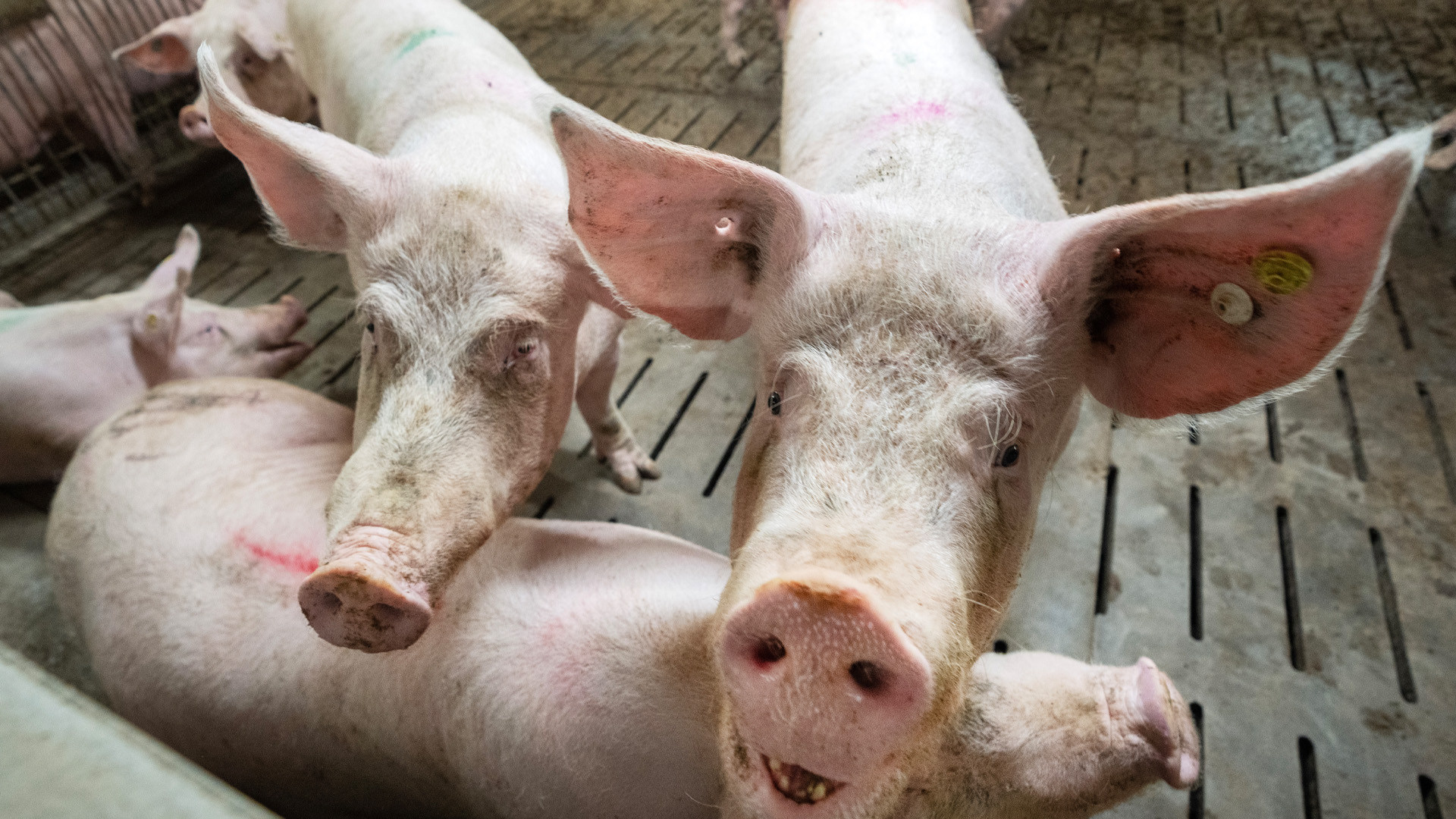
(Version française disponible ici)
Most Canadians interact with agriculture only in the grocery store – often worrying about high food prices. With their daily preoccupations and the physical distance between where they live, work and shop, and most farms, it is not a surprise that many people are unaware of the sector’s importance.
However, agriculture is an increasingly important strategic asset and the time is right for Canada to put it at the core of future plans.
This April’s federal budget is an opportunity to commit to a more strategic, ambitious vision for agriculture and food, with investments focused on growth and sustainable prosperity, along with a variety of other measures.
While the opportunity is significant, agriculture and food have unique dynamics that make it a more challenging sector than most. In fact, it is often inappropriate to think of it as a “sector.” Rather it is a collection of value chains that produce very different products, serving very different domestic and international markets.
For example, cows and pigs are animals that produce animal proteins, but producing beef and pork requires very different approaches. The products also end up in different markets. In 2022, 43 per cent of Canadian beef was exported but that figure is almost 70 per cent for pork.
A farmer in Western Canada may grow canola, wheat and pulse crops in rotation, but the canola may end up as renewable diesel fuel, the wheat ground into flour in Canada and around the world, and the pulse crops exported to India, where crops grown in Saskatchewan end up part of a difficult geopolitical relationship.
The supply-managed sectors focus on serving the domestic market, looking to take advantage of Canada’s rapid population growth. Then there are the differences with smaller but still significant crops such as potatoes, greenhouse vegetables and more.
No two farms are the same and require a tailored policy response
Rather than a small group of big companies leading the sector, as is the case in automotive, mining and forestry, agriculture is in the hands of Canada’s 200,000 farmers, with no two the same.
This diversity within agriculture and food makes it difficult to develop sector-wide strategies as is being done for critical minerals, electric vehicles and renewable energy.
But just because it is difficult doesn’t mean it should not be done.
The federal government is working on a sustainable agriculture strategy. However, it struggles to connect its vision for more sustainable agriculture to Canada’s broader economic, geopolitical and strategic interests.
That connection is, however, at the heart of the government’s critical minerals strategy, which refers to critical minerals as “a generational opportunity for Canada’s workers, economy and net-zero future.”
Canadian agriculture faces a worker shortage and food security crisis
Agriculture and food should be front and centre in the Freeland Doctrine
Growing global demand, a food crisis driven by “conflict, economic shocks, climate extremes and soaring fertilizer prices” and Canada’s position as a supplier of low-carbon crops and animal products are just some of the reasons why agriculture and food can, and should, be a driver of more generational opportunity in Canada.
The 2022 federal budget demonstrated Canada’s commitment to the generational opportunity of critical minerals with a $3.8-billion investment in infrastructure, research and data, as well as a tax credit to encourage mineral exploration.
The 2024 budget could take a similar step forward for agriculture and food.
It could build on proposals including a sustainable agriculture value chains initiative, developing a Canadian ag-tech moonshot and going further to increase agri-food exports to the Indo-Pacific.
Missed opportunities
Ottawa has taken some steps in these directions, but it continues to miss the opportunity to have a more ambitious strategic approach. This year’s budget can fix that by connecting sustainability with growth and prosperity, and positioning the sector as a geopolitical asset.
The budget can also add to the policy toolbox for the sector. The 2023 budget embraced tax credits to drive growth in the clean economy. This year’s budget could do the same to encourage investment in ag and food.
The 2023 budget outlined Canada’s plan for a clean economy as a simple triangle, with pollution pricing as the base, working toward targeted programming at the top.
An agriculture strategy in the April budget could establish priorities including animal and plant protein, sustainable productivity growth, R&D, infrastructure and trade.
Rather than a base of pollution pricing, the triangle could start with a base of improving domestic and international market access by implementing a grocery code of conduct and investing in infrastructure; a regulatory framework that enables innovation and growth; tax credits to encourage investment and sustainability; strategic finance to close the capital gap; and a pointy top of targeted programming to boost R&D and grow value-chains.
One of the greatest benefits of a strategy focused on agriculture and food growth may be the least tangible.
The rural-urban divide
The divide between rural and urban Canada is “getting deeper,” author Donald Savoie wrote in The Globe and Mail.
There are increasing calls for a rural policy lens, with the decision to exempt home heating fuels from the carbon tax an example of “how smaller communities and their residents often get overlooked in the national conversation,” according to Derek Nighbor, president and CEO of the Forest Products Association of Canada.
The decision to effectively exempt home heating fuel in Atlantic Canada from the carbon tax, but not propane and natural gas used for grain drying and barn heating, has perpetuated the perception of a rural-urban divide. It is in the long-term interest of the country that the gap be closed.
This federal budget is an opportunity to bridge the gap and give rural Canada its proper place in the national policy agenda. It also happens to be good for the economy, for sustainability and for the future of the country.








